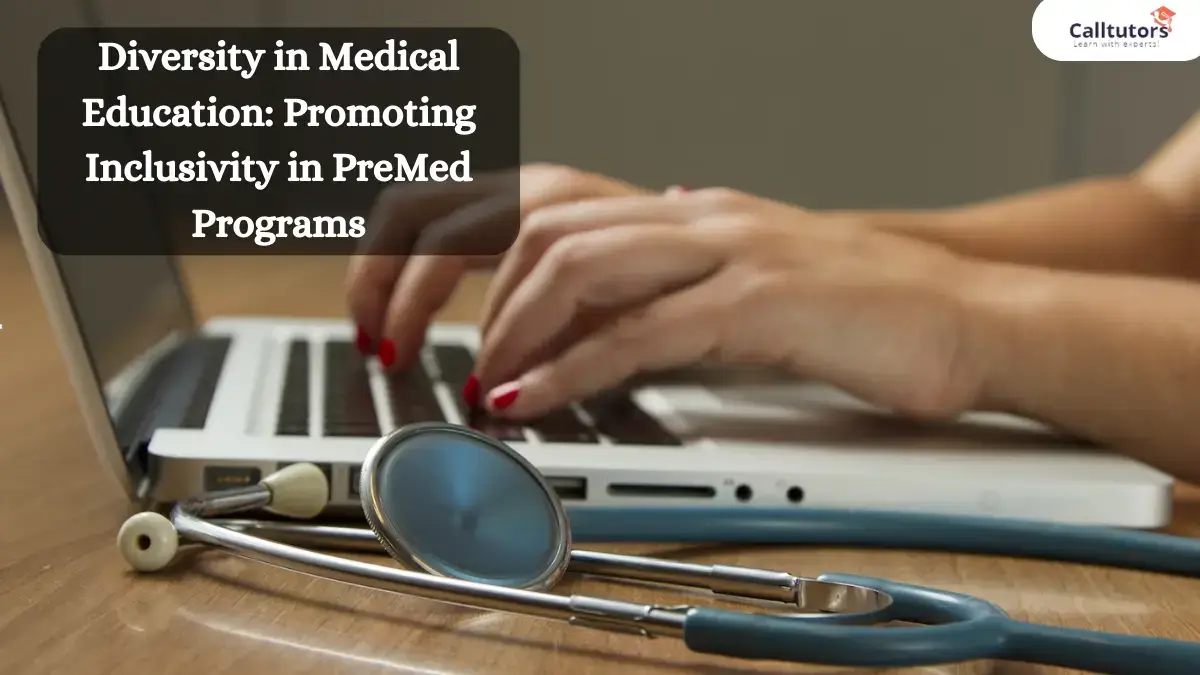Connectivity due to today’s advanced technology has made the world a global village. In times like these, it has become increasingly important to introduce the concept of diversity in all fields of life, including medicine. Aspiring physicians, or premed students, play a crucial role in shaping the future of medicine. Continue reading this article to explore the importance of promoting inclusivity in medical programs and having a diverse team of medical professionals in our hospitals and facilities.
Why Diversity in Medical Education Important?
The value of diversity in medicine goes beyond racial and ethnic representation and includes the elements of improved healthcare systems and patient care.
1. Cultural Competence
An inclusive medical workforce can understand and cater to various cultures according to their values and practices. This efficiently helps to meet the medical needs of patients from different backgrounds, as you can train doctors and healthcare professionals to communicate complex medical conditions effectively. Caring for patients in an environment that upholds their cultural values will reduce disparities, build trust, and facilitate improved healthcare providence.
2. Global Perspective
A diverse medical team can identify and highlight international health challenges. This helps the system pinpoint and understand diseases prevalent in different regions of the world. Diversity in your faculty means more guidance and mentorship for under-represented students, increasing their chances of excelling in their fields. Additionally, representation can help broaden the students’ perspectives, effectively eliminating systemic discrimination in providing healthcare for all.
3. Research and Clinical Insights
Various opinions, experiences, and insights from different parts of the world help formulate comprehensive discoveries and studies that lead to innovative solutions. This improves patient outcomes as complex medical conditions are assessed from different perspectives, broadening the understanding of ailments.
How to Promote Inclusivity in Premed Programs
As you work towards building a medical community that is both diverse and inclusive, you are simultaneously improving the quality and fairness of healthcare for everyone. Some strategies include:
1. Mentorship and Support
One of the first steps is to create mentorship initiatives that match aspiring premed students, particularly those from underrepresented or minority backgrounds, with knowledgeable faculty or experienced peers. These programs by Premed Experts offer essential guidance, support, and valuable advice.
2. Inclusive Admissions
Universities must execute a more inclusive admissions process that doesn’t just focus on academic accomplishments but also considers applicants’ unique life journeys and personal qualities. Med school administration should partner with local communities that enable underrepresented minority students to access premed programs and dismantle entry barriers. This way, we can open the doors to more students who dream of a medical career.
3. Cultural Competency Training
Incorporating training in cultural competency in medical school curricula will help future healthcare professionals learn how to appreciate and respect the diverse cultures and backgrounds they encounter in their patients. Introduce scholarships and support initiatives tailored towards underrepresented minority students and relieve their financial challenges by nurturing a sense of inclusion.
4. Supportive Environment
Universities should foster an atmosphere of inclusiveness by encouraging open and respectful conversations, welcoming diverse viewpoints, and establishing a secure environment for discussions regarding diversity. Additionally, they should consistently evaluate and modify institutional policies to ensure they harmonize with inclusivity objectives. Be receptive to feedback and actively take measures to address any valid concerns.
Endnote: Diversity in Medical Education
It is vital to put the beneficial influence of diversity in the field of medicine in the spotlight through events, publications, and forums. By adopting the approaches mentioned above, we can establish an educational setting that empowers every prospective healthcare provider, regardless of their origins. As a result, we can cultivate a healthcare workforce that is more inclusive, skilled, and compassionate. Inclusivity is not merely a box to check but an ongoing dedication that will enhance the entire field of medicine and the well-being of the patients it caters to.

